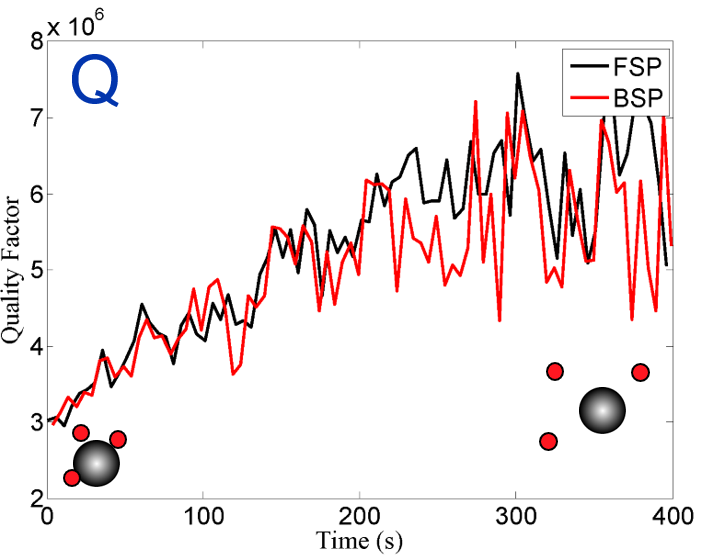Resonant Cavity Sensors

The exquisite sensitivity of high quality factor (Q-factor) whispering gallery mode (WGM) optical resonators has been recognized in sensing for many years, but most researchers have focused on measuring the frequency shift of the resonant modes, requiring a tunable laser. In 2012 we demonstrated for the first time that it is possible to perform biosensing in the time domain by measuring the phase shift of a modulated optical intensity signal that is injected into a functionalised WGM resonator [
1 ], using PS-CRDS.
We have since been working towards entirely removing the need for a tunable laser in WGM sensing by employing a modulated source that has a linewidth spanning two or more WGM resonance lines. In this way some light from the source always couples into the cavity even as the cavity resonance shifts during a sensing event. To accomplish this we first have to developed a new analytical model for modulated partially coherent signals in optical resonators [ 2 ].
Students currently involved in this project:
Collaborators:
- Prof. Jaime García Rupérez (Nanophotonics Technology Center, Universitat Politècnica de València)
- Prof. Andrea Amani (University of Southern California)
Funding agencies:
- NSERC